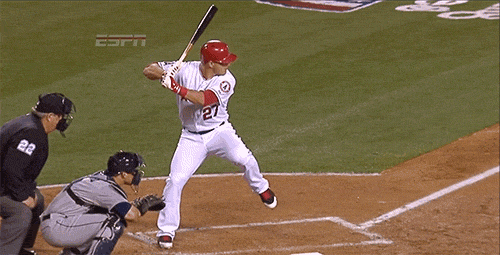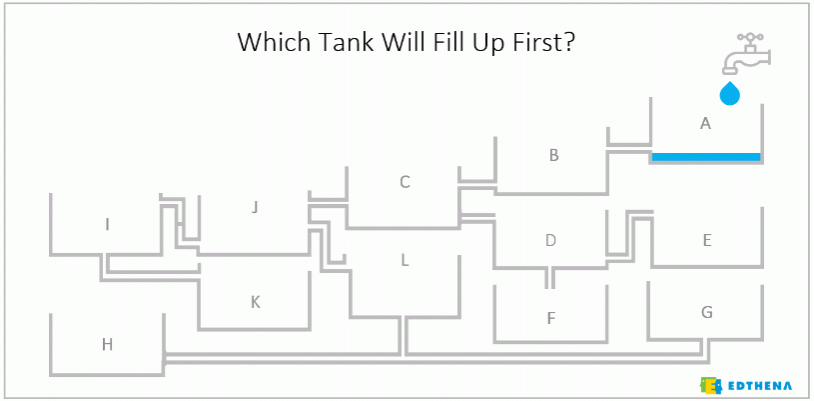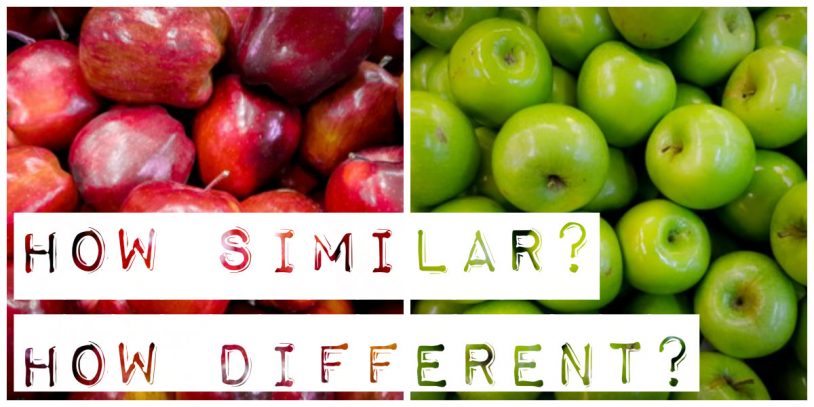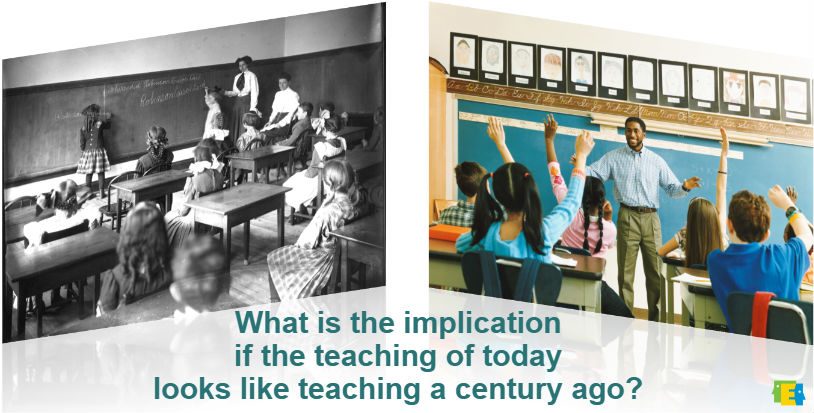Use these Powerful Video Focusing Techniques to Accelerate Teacher Learning, Encourage Deep Reflection, and Facilitate Rich Discussions
Discussions of video coaching often are centered around hardware and software: the best camera, the best app, the best video coaching platform. Less often mentioned are the tools we use in our approach to viewing and responding to these videos of instructional practice.
The tools educators can use to guide viewing of instructional practice videos are called Focusing Techniques, and they are synthesized from research on teacher learning, self-reflection, and accelerated improvement. Featured in the book Evidence of Practice: Playbook for Video-Powered Professional Learning by Adam Geller, the names of these techniques are Spot, Break Down, Interpret, Compare, and Discuss.
The Five Focusing Techniques
Spot: The First Step in Building Video Analysis Skills

Spot helps teachers notice meaningful moments, interactions, or patterns of behavior. These moments may be important because they differ from what the teacher expected or because they illustrate important principles of teaching and learning.
The picture above (from Salar de Uyuni in Bolivia) is visually stunning. A second glance at the picture shows that the person appears to be floating on water while striking an impressive pose. Of course, it’s only the prior knowledge that people cannot typically stand on water that makes this worth noticing. This process of taking the time to carefully notice significant details within a larger context is the work of Spot.
For example, a video observer may notice where in the classroom a teacher places the homework return folder. The Spot technique brings importance to this seemingly trivial moment. Through the lens of examining classroom procedures, though, the placement of the folder may affect classroom efficiency. Now, this detail is the basis of a conversation about effective class routines.
Spot helps teachers build video analysis skills because teachers can draw connections between video evidence and the qualities of teaching that they’ve identified as important.
Break Down: Help Teachers Examine Their Practices

Break Down is about identifying the smaller pieces of a larger practice, naming and describing those pieces, and explaining how each piece relates to the whole.
When teaching a child to swing a baseball bat, you wouldn’t simply show the child a video of a professional baseball player at the plate (as pictured above), and then say, “Now go do that.” Instead, you would Break Down the component steps of a baseball swing: the stance, the head angle, the grip, and the body rotation. By separating this complex task into parts, it becomes easier to understand, discuss, and work on.
In the classroom, when viewing clips of students discussing a novel, a teacher can break it down into parts like identifying literary devices and analyzing them to determine an author’s intended meaning. These pedagogies then can be broken down into more specific teaching moves, which helps teachers better see how they can support students in analyzing a text.
Break Down is helpful for teachers adopting new instructional practices because it turns a complex pedagogical activity into a series of steps. These steps can be practiced discreetly and become part of a habit. Once the habit is established, teachers are free to adapt it in order to best meet the needs of students.
Interpret: The Key to Accelerated Teacher Learning

Where Spot and Break Down focus on finding moments of interest and breaking them into parts, Interpret is a focusing technique that helps the observer on determining the underlying causes of these moments.
At first glance, it may appear that water tank F is going to fill first. But as the animation reveals, the water first falls into container A and eventually makes its way to container G, passing through several other containers along the way. But why? What is the reason this happens? A careful look at the structure through which the water passes reveals the underlying cause for the water to take its particular path. Blockages at various points in the path led the water to redirect and find its ultimate destination. Thinking through this process involves interpreting evidence to determine an underlying cause.
A teacher might notice that she poses challenging questions to one group of students more often than another group and decide to examine this pattern. The teacher can consider assumptions she might have about particular student groups and look for the cause of those assumptions. At that point, the teacher can seek evidence to confirm or revise those assumptions, evaluate the validity of those assumptions, and reflect on how those assumptions impact her behavior.
A teacher’s ability to Interpret the cause of spotted events is critical for accelerating professional learning. Teachers must be able to determine the underlying causes of events in their classroom if they are to keep pace with the constant self-improvement that teaching requires.
Compare: Use Multiple Pieces of Evidence to See Growth

Compare is the Focusing Technique that can be used to distinguish similarities and differences between two or more pieces of evidence. This might mean comparing two moments from the same lesson, two examples of the same pedagogical move, or a video with related materials like lesson plans and student work.
The immediate difference between the apples pictures above is color. A further comparison might reveal that even though they are both apples, they taste different, as the red ones are sweet while the green ones are tart. Though they share a similar shape, they may have different textures or levels of firmness. One could go even further to compare how suitable each type of apple is for an applesauce or pie. Carefully considering the similarities and differences between two entities is the work of Compare.
The power of Compare comes from the deeper thinking that occurs by examining two related materials. Teachers sharpen their judgment and fuel their motivation to change as they examine cause and effect relationships between the two artifacts, moments, or representations.
Discuss: Collaborate with Others to Compare and Interpret

Discuss involves analyzing teaching with others, in order to elicit, understand, and consider others’ perspectives and ideas. This is a shift from “getting feedback about my teaching” to “talking together about teaching.”
For example, a pair or group of teachers could examine the images of the classrooms above and notice several immediate differences. They could compare appearances of the classrooms and interpret that evidence. The images can then act as a springboard for the question What is the implication if the teaching of today looks like teaching a century ago? As teachers share ideas together and reflect on the images and question, they are performing the work of the Discuss strategy.
Discuss can happen in a few modes:
- Threaded comments online
- Live video conferences
- In-person meetings
- Some combination of the above
Each mode of discussion has its own benefits. For example, online comments may allow teachers and coaches to think more about their responses, while in-person conversations offer the chance to see body language and hear tone of voice.
Discuss works well when teachers are interpreting or comparing evidence of teaching. Discussion is a chance to pose questions, suggest alternative interpretations, and examine the thinking behind decisions. Sometimes, discussion can affirm thinking and build confidence, while at other times it can help uncover unconscious thought processes that would otherwise be left unexamined.
Each focusing technique supports a commitment to self-examination
Whenever a teacher decides to record video of their instructional practice, it reveals a willingness to be vulnerable and potentially admit one’s flaws or areas in need of improvement. This is not easy, and it shows a commitment to honest examination of one’s teaching practices in the hopes of best serving students. When this growth mindset is paired with Focusing Techniques used in the appropriate situations to match professional learning objectives, teachers can truly maximize their opportunities for self-directed learning with video.
Learn more about Evidence of Practice and hear Adam Geller discuss the Five Focusing Techniques in this interview.
